Summary
The lake is known for its clear waters and abundant fish population, including trout, bass, and crappie. Fishing enthusiasts can enjoy a variety of fishing techniques, including fly fishing, spin fishing, and bait fishing.
Trout are the most prevalent fish species in Kerr Lake, and anglers can expect to catch rainbow, brown, and cutthroat trout. Bass and crappie can also be found in the lake, with largemouth and smallmouth bass being the most common.
Aside from fishing, visitors can also enjoy water sports such as boating, kayaking, and swimming. The area is surrounded by scenic hiking trails, making it a great destination for outdoor enthusiasts.
Fishing tips for Kerr Lake include using small lures and bait for trout, and fishing in deeper waters for bass and crappie. The best time to visit the lake is during the summer months when temperatures range from 70-80°F.
Overall, Kerr Lake Fishing Site is a great destination for fishing and outdoor recreation, with a diverse fish population and plenty of activities to enjoy.
Weather Forecast
Nearby Streamflow Levels
Angling Safety Guidelines
Check local fishing rules, seasons, size limits, and license requirements to ensure legal and sustainable angling.
Handle Fish Responsibly
Use wet hands, minimize air exposure, and release fish gently to improve survival rates when practicing catch-and-release.
Choose the Right Gear
Match your rod, line, and tackle to the species and conditions to increase success and reduce unnecessary harm to fish.
Respect the Waterway
Avoid disturbing habitat, prevent bank erosion, and keep a safe distance from spawning areas to protect ecosystems.
Keep It Clean
Pack out all line, hooks, bait containers, and trash—discarded gear can injure wildlife and degrade waterways.
Related Links
Area Campgrounds
| Location | Reservations | Toilets |
|---|---|---|
 Platoro Cabin 1
Platoro Cabin 1
|
||
 Platoro Cabin 2
Platoro Cabin 2
|
||
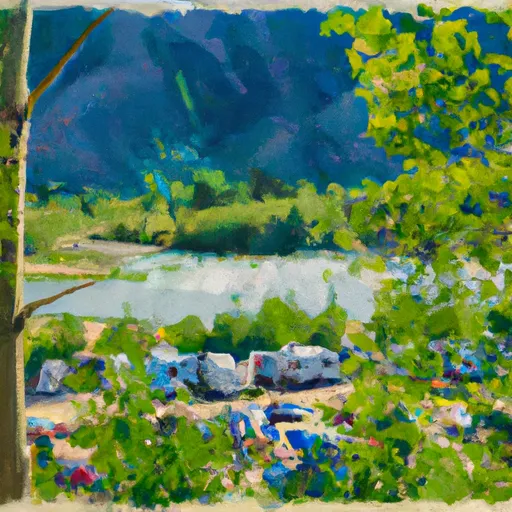 Mix Lake Campground
Mix Lake Campground
|
||
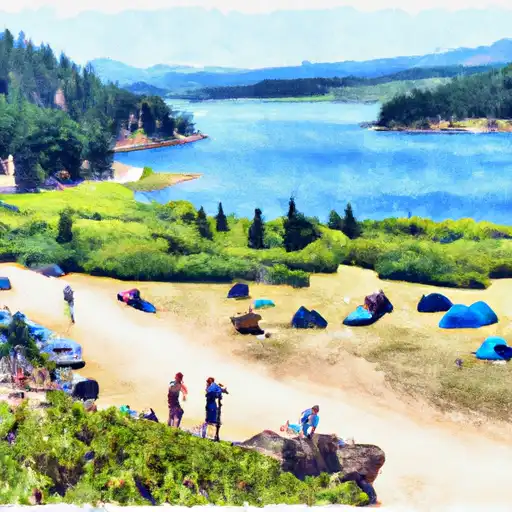 Mix Lake
Mix Lake
|
||
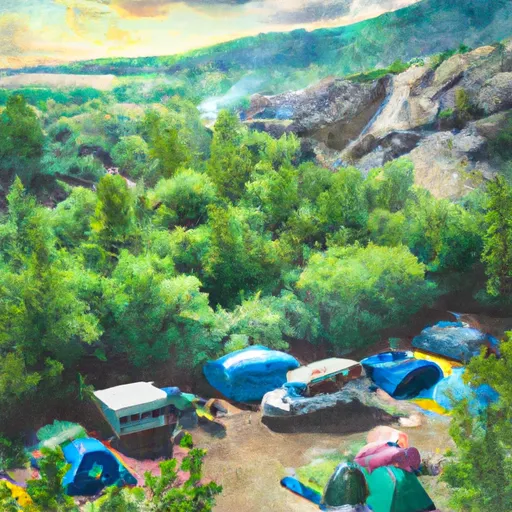 Stunner Campground
Stunner Campground
|
||
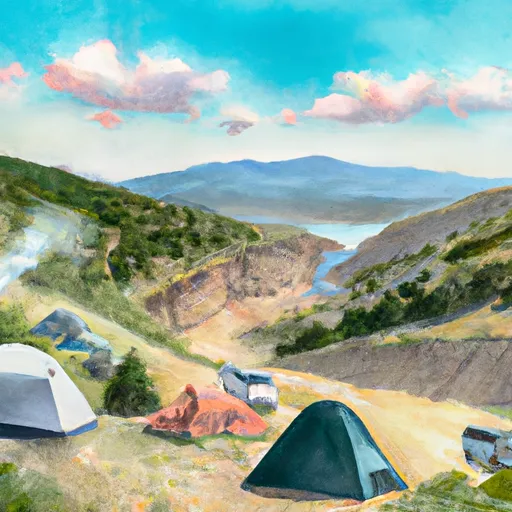 Stunner
Stunner
|

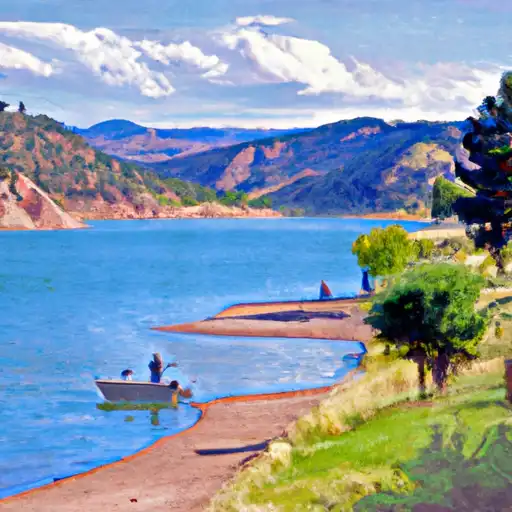 Platoro Reservoir
Platoro Reservoir
 Poage Lake Fishing Site
Poage Lake Fishing Site
 Lost Lake
Lost Lake
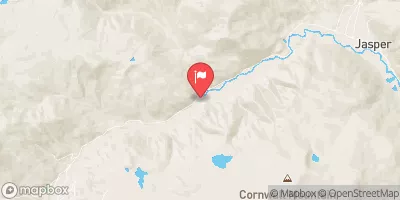
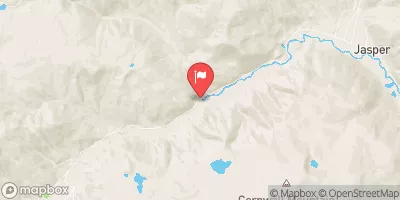

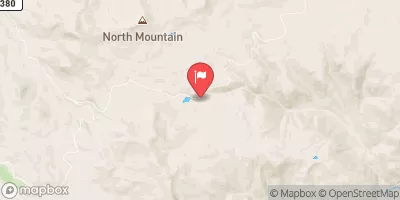
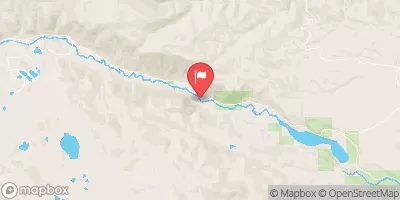
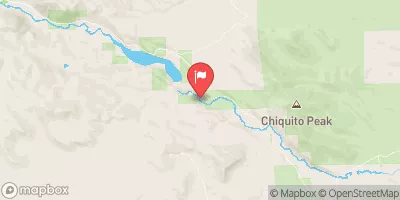
 Platoro
Platoro